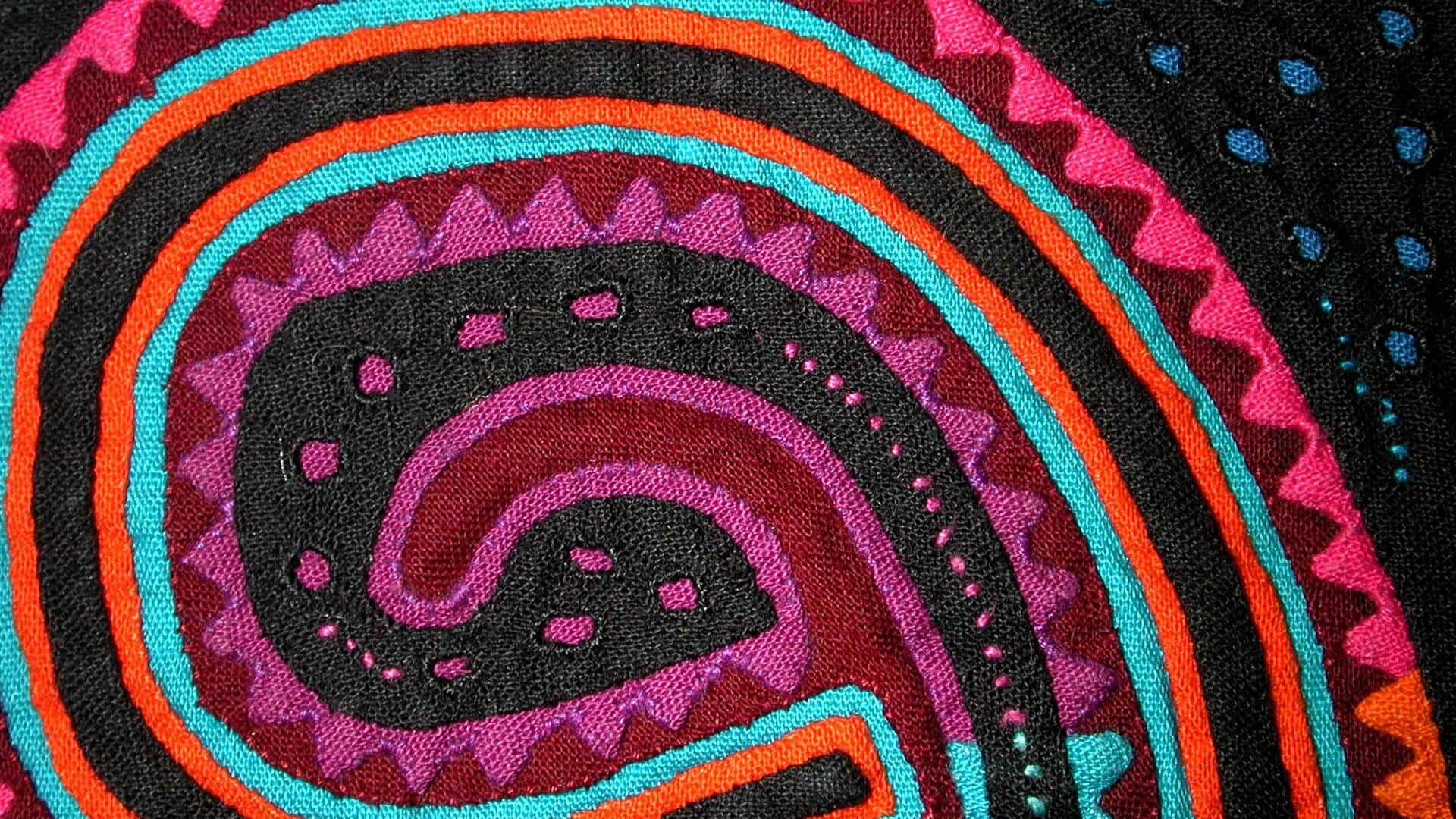Molas, the vibrant textiles from Colombia , represent the Kuna people's culture vividly. These textiles are more than mere clothing; they are a canvas that displays the community's beliefs, stories, and connection to nature. This article delves into the rich history and key concepts of molas, providing practical advice for integrating these intricate designs into contemporary fashion sensibly and stylishly.
The roots of Mola artistry Molas originated from the Kuna Yala region in Colombia and Panama. Initially, body painting was the primary form of artistic expression among the Kuna people. However, with European influence, they transitioned to fabric art, creating complex layers of cloth that depict abstract and figurative designs.

Today, they serve both as an everyday attire component and a symbol of cultural identity. Decoding Mola designs A typical mola features multiple layers of cloth in various colors cut away to reveal intricate patterns beneath. Themes often include flora and fauna native to the Kuna Yala region, geometric patterns inspired by traditional body paintings, and scenes from daily life or mythology.
The complexity of a design can indicate its maker's skill level or social status within the community. Styling molas in modern wardrobes Incorporating molas into contemporary fashion respectfully requires understanding their cultural significance. Opt for pieces created by Kuna artisans to ensure authenticity and support local craftsmanship.
Mola panels can be framed as artwork or sewn onto bags, jackets, or accessories for a pop of color and pattern. When wearing mola-inspired items, pair them with simple garments to let these vibrant textiles shine. Preserving tradition through fashion Embracing molas extends beyond fashion, aiming to preserve a tradition threatened by globalization and cultural assimilation.
Choosing authentic mola products not only supports this art form but also the economic well-being of its creators. By understanding their history and significance, and adopting sustainable purchasing practices, we appreciate molas not just for their beauty but as vibrant carriers of stories waiting to be told..



















